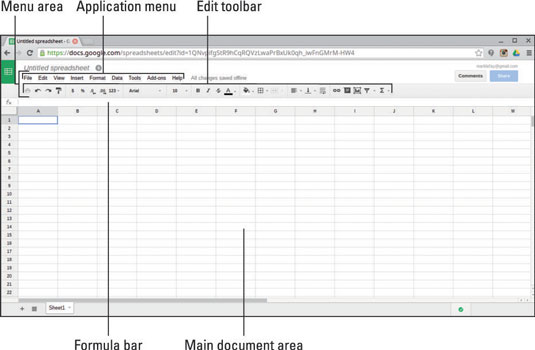
With a PWA, Quicken was able to address pain points by rolling out modern APIs to its existing web app. Quicken then used Workbox to create a service worker so its PWA could access the Cache API and work offline. The brand kicked off this transformation by deploying the web app manifest with the Webpack manifest plugin to unlock a native-like look and feel. With a PWA, Quicken was able to address these pain points by rolling out modern APIs to its existing web app. And while the brand did have a web app, it wasn’t available on the Chrome Web Store where people could find Simplifi. When Quicken launched Simplifi in 2020, the made-for-mobile Android app wasn’t optimized for Chromebooks.

Here’s how the brand built a more responsive, reliable in-browser experience for ChromeOS users by developing a Progressive Web App (PWA). With app usage on Chromebooks almost doubling throughout 20, Quicken saw an opportunity to fuel better user experiences with the web’s latest capabilities. And as browsers have evolved over time, so have web apps - which are more powerful than ever. In 2020, the brand further expanded its lineup of products tailored to different devices and financial needs with its mobile and web app, Simplifi.īut the way people use their favorite apps is changing. After all, its desktop and cloud product suite has helped over 17 million people manage their finances for more than 30 years. Quicken’s no stranger to user-friendly digital tools.


 0 kommentar(er)
0 kommentar(er)
